The harvesting of saffron, particularly the delicate crimson stigmas from the Crocus sativus flower, represents one of agriculture's most labor-intensive processes. Nowhere is this more evident than in Spain, where centuries-old traditions intersect with modern quality control to produce what many consider the world's finest saffron. The Spanish approach to harvesting saffron's female reproductive organs – the prized filaments – follows protocols that would make a Swiss watchmaker nod in approval.
At dawn, when the purple petals remain tightly closed against the cool autumn air, teams of esparto grass basket-carrying harvesters move through the fields of La Mancha. Their fingers, calloused yet nimble, seek only flowers that have reached the perfect stage of bloom – petals parted just enough to reveal the stigma's three-branched treasure, but not so open as to risk pollen contamination. This moment, when the flower exists in perfect suspended animation between night and full daylight, lasts perhaps thirty minutes. Miss that window, and the day's harvest diminishes in both quantity and quality.
The Spanish Denominación de Origen protocol dictates that no more than three flowers may be held in one hand during picking to prevent bruising. Each stigma must be plucked with the fingernail's edge rather than pulled, leaving the yellow style attached – a technique passed down through generations of azafraneras. Veteran harvesters develop what they call "la uña de azafrán" (the saffron nail), keeping one nail slightly longer and precisely shaped for this exact purpose. The baskets, never more than half-filled to avoid compression, are immediately taken to the drying facility before the day's heat can degrade the fragile threads.
Quality inspectors examine random samples under natural light, rejecting any batch showing more than 2% style attachment or 0.5% foreign matter. The filaments must maintain minimum length requirements – no broken tips allowed in premium grade. What surprises most observers is the olfactory test: true La Mancha saffron when rubbed between fingers releases an aroma described as a mix of honey, hay, and metallic earthiness. Anything smelling musty or overly floral fails inspection immediately.
Modern Spain maintains these standards through a combination of stubborn tradition and cutting-edge technology. UV scanners now detect pollen contamination invisible to the naked eye, while blockchain tracking follows each gram from field to market. Yet the essence remains unchanged – the patient hands of harvesters performing their autumnal ballet with the crocus flowers, gathering what the Moors called "red gold" with care that would shame most jewelers. In an age of industrial agriculture, Spanish saffron stands as a testament to what happens when uncompromising standards meet nature's fleeting perfection.
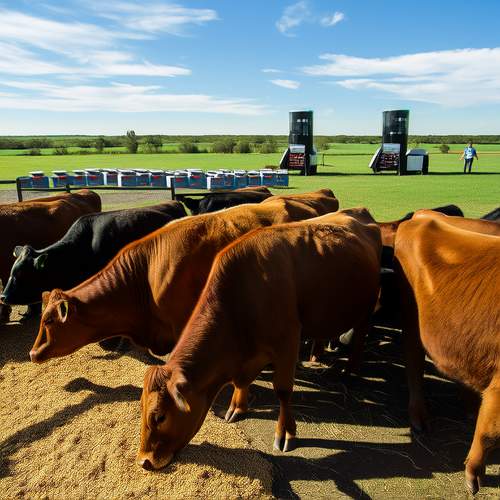
By /May 26, 2025
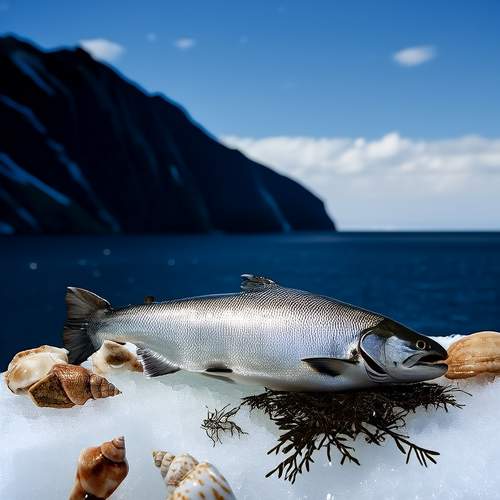
By /May 26, 2025
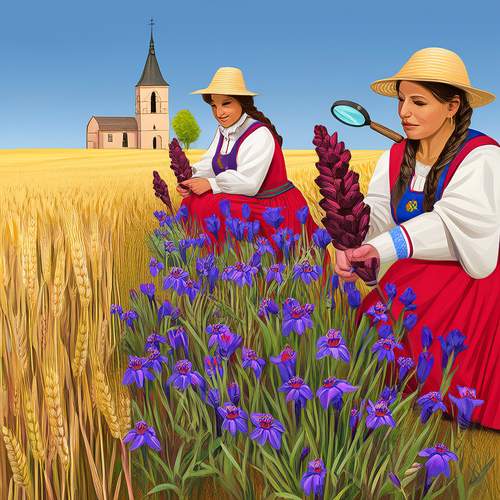
By /May 26, 2025
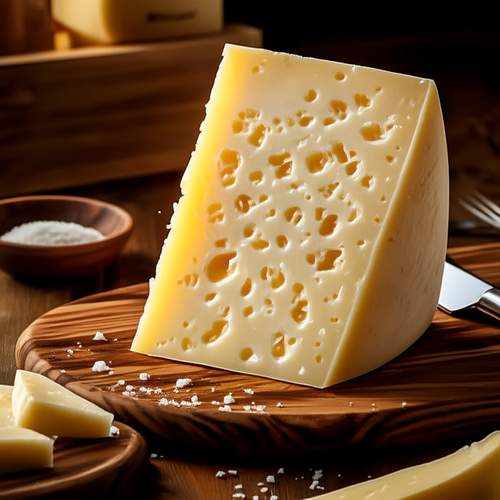
By /May 26, 2025
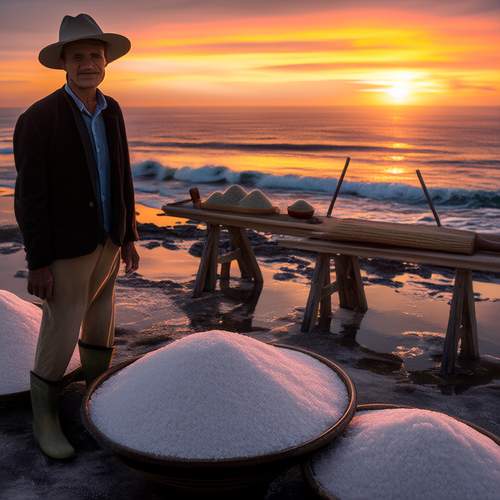
By /May 26, 2025
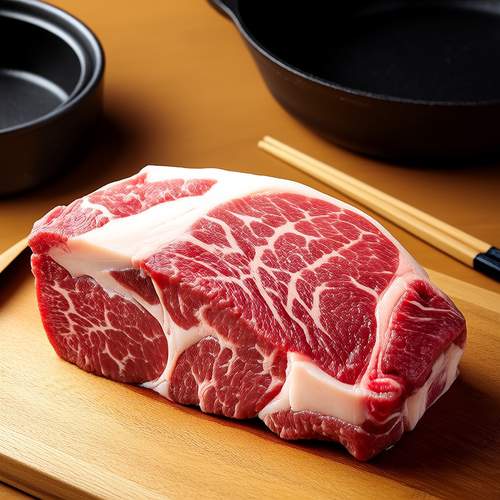
By /May 26, 2025
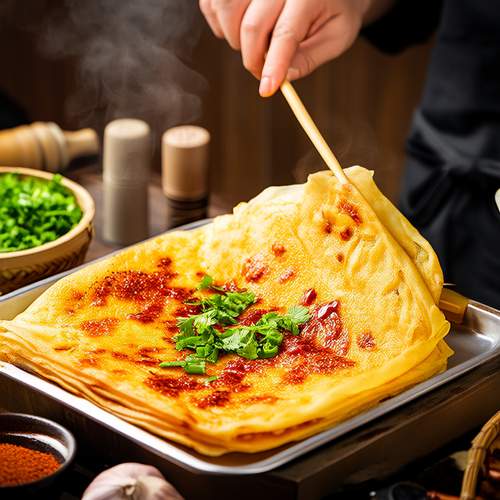
By /May 26, 2025
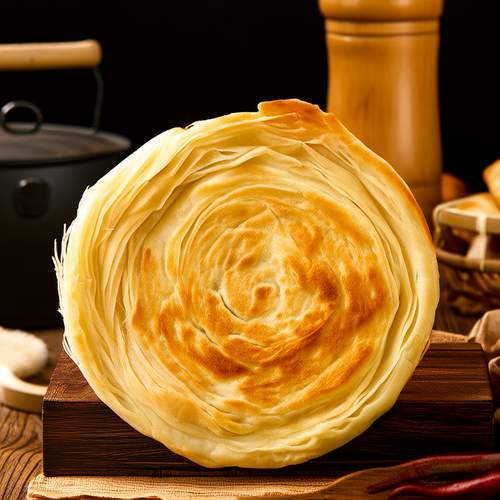
By /May 26, 2025

By /May 26, 2025
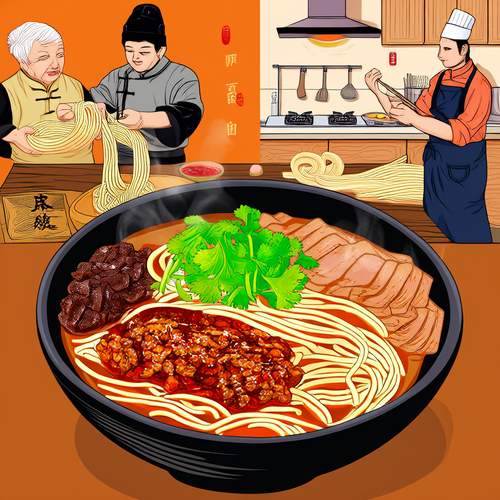
By /May 26, 2025
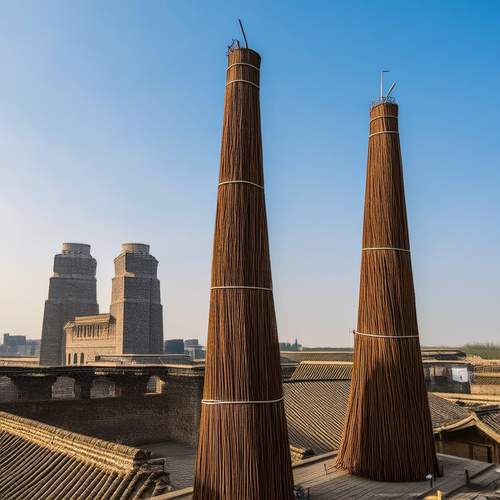
By /May 26, 2025
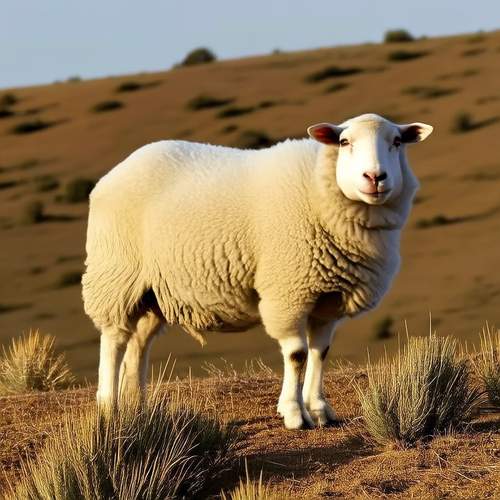
By /May 26, 2025
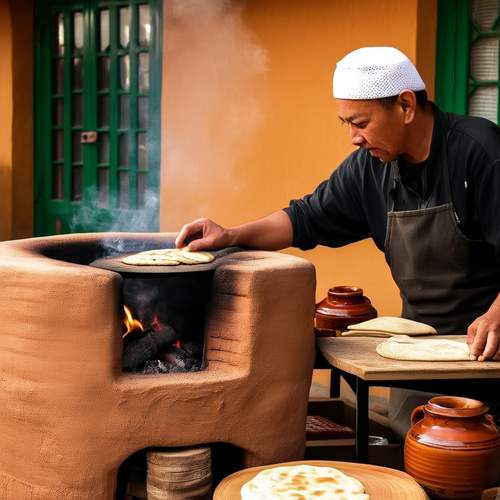
By /May 26, 2025

By /May 26, 2025
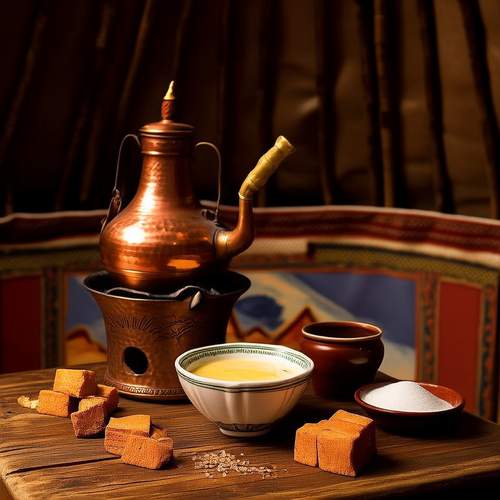
By /May 26, 2025
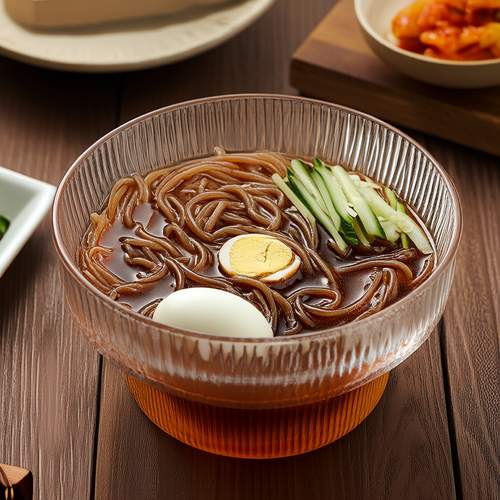
By /May 26, 2025

By /May 26, 2025
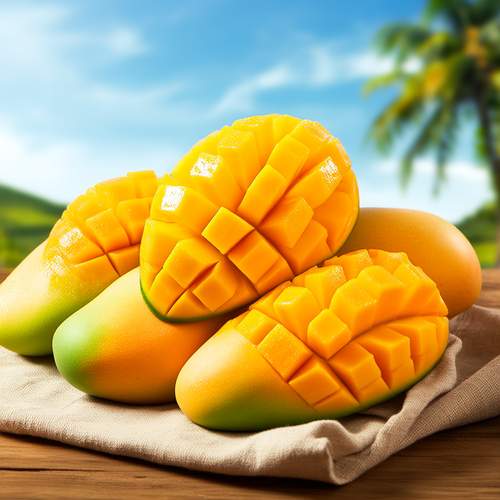
By /May 26, 2025
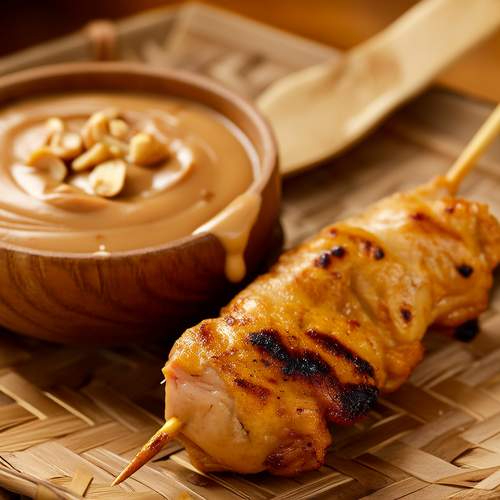
By /May 26, 2025

By /May 26, 2025